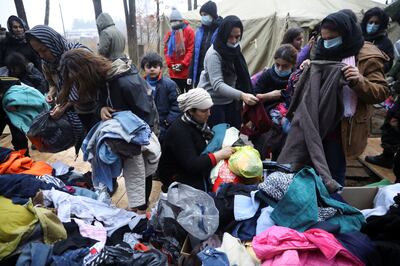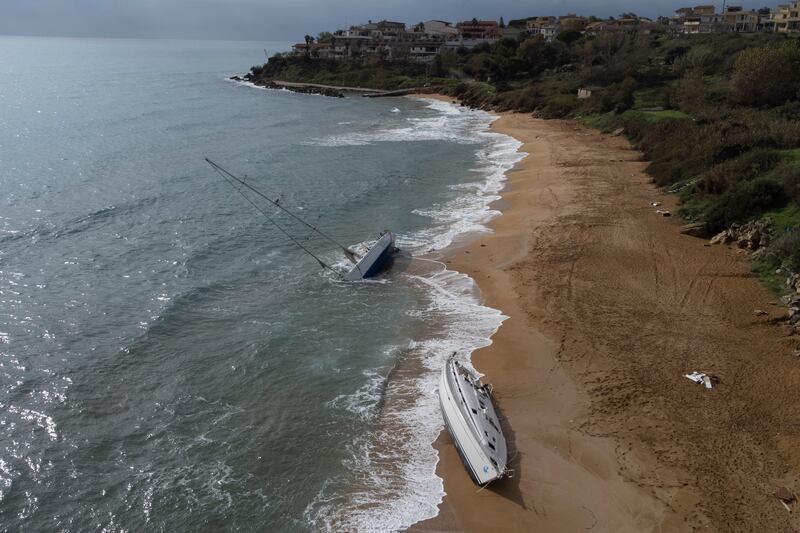New migration routes to Europe are opening up in the Mediterranean Sea, adding to the EU’s border woes as it battles the crisis in Belarus.
EU border guards said crossings in the central Mediterranean, the sea route to Italy, almost trebled last month compared with pre-pandemic levels.
While boats taking that route typically set off from North Africa, border agency Frontex said a “significant development” this autumn was the number of people making the longer journey from Turkey to Italy.
Smugglers are evading sea patrols by using luxury vessels to transport migrants, it is feared. Police are investigating links to Turkish and Italian gangs and have arrested several Ukrainian ship captains.
The sailboats used by smugglers are thought to carry up to 100 migrants below deck before being abandoned on the Italian coast.
The shorter hop from Turkey to Greece has declined in popularity, said Frontex, with crossings in the eastern Mediterranean down 76 per cent this year compared with 2019.
But the 6,240 crossings reported on the route to Italy last month were up 186 per cent from October 2019, the agency said.
In another development, Egyptians became one of the largest groups of people travelling to Italy, mainly by setting off from Libya.
Tunisians and Bangladeshis were the other main nationalities making the dangerous crossing.
The developments in the Mediterranean add to the EU's problems as another previously quiet route, the eastern border with Belarus, is now a political flashpoint.
Belarusian President Alexander Lukashenko is suspected of masterminding the rush to enter Poland. Thousands of migrants are stranded at the border, many of them from Syria, Iraq and Afghanistan.

The EU sought to shut the route down on Tuesday by threatening to blacklist airlines involved in smuggling people to Europe.
Airlines could be banned from the EU’s airspace and denied the right to refuel in Europe if they are believed to be involved in trafficking.
“The viable route to Europe is through a legally paved pathway, not an irregular forest trail,” said EU home affairs chief Ylva Johansson.
About 8,000 people have tried to enter the EU from Belarus this year, Frontex said, compared with only a few hundred in 2020.
Other migrants have tried to enter via the Western Balkans, a term for non-EU members including Serbia, Albania and North Macedonia.
About 40 per cent of illegal crossings in October occurred on this route, with most of the migrants coming from Syria, Afghanistan and Morocco.
The decline in eastern Mediterranean crossings was partly offset by an increase in arrivals to Cyprus.
In the west, journeys from North Africa to Spain were up from 2020, but down on pre-pandemic levels.
Elsewhere, the number of journeys to Spain’s Canary Islands, off the coast of West Africa, was far higher than in 2019.







